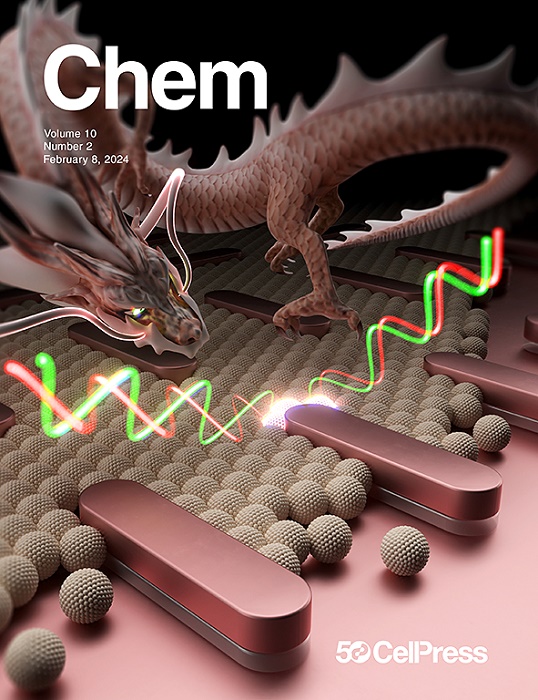Polar π stacking for metal-free near, remote, and ultra-remote C–H coupling with aryliodanes
IF 19.1
1区 化学
Q1 CHEMISTRY, MULTIDISCIPLINARY
引用次数: 0
Abstract
We introduce a C–H coupling process in which an aromatic C–I position serves as trampoline for targeting various aromatic C–H positions. The reaction is set in motion by an interaction between the λ3-iodane ArI(OAc)2 and the π system of polyunsaturated organosilanes. In particular, the silyl-terminated enynes engage in fully regioselective ortho and para C–H functionalization, with selectivity switch achieved by reversing the order of the substrate’s ene and yne fragments. Density functional theory (DFT) calculations show that the ortho selectivity is governed by a [3,3] sigmatropic rearrangement, while the para coupling occurs through a directional three-point π interaction of the enyne-derived cationic π system, giving rise to an essentially barrierless [5,5] sigmatropic rearrangement. Furthermore, iodane-guided C–H functionalization of 2-iodonaphthalene could be directed to the ultra-remote C6 position through further π extension of the organosilanes partner. The latter reaction represents a nearly unprecedented example of a formal [7,7] sigmatropic rearrangement.

极性π堆叠与芳基二极管的无金属近程、远程和超远程 C-H 耦合
我们介绍了一种碳氢偶联过程,其中芳香C-I位置作为蹦床,靶向各种芳香C-H位置。该反应是由λ3-碘烷ArI(OAc)2与多不饱和有机硅烷π体系相互作用引起的。特别是,端有硅基的烯参与了完全区域选择性的邻位和对碳氢功能化,通过反转底物的烯和炔片段的顺序来实现选择性切换。密度泛函理论(DFT)计算表明,邻位选择性是由[3,3]符号重排控制的,而对偶耦合是通过由炔衍生的阳离子π体系的定向三点π相互作用发生的,从而产生了本质上无障碍的[5,5]符号重排。此外,碘引导的2-碘萘的C-H功能化可以通过有机硅烷伴侣的进一步π延伸定向到超远的C6位置。后一种反应代表了一种几乎前所未有的形式[7,7]异位重排的例子。
本文章由计算机程序翻译,如有差异,请以英文原文为准。
求助全文
约1分钟内获得全文
求助全文
来源期刊

Chem
Environmental Science-Environmental Chemistry
CiteScore
32.40
自引率
1.30%
发文量
281
期刊介绍:
Chem, affiliated with Cell as its sister journal, serves as a platform for groundbreaking research and illustrates how fundamental inquiries in chemistry and its related fields can contribute to addressing future global challenges. It was established in 2016, and is currently edited by Robert Eagling.
 求助内容:
求助内容: 应助结果提醒方式:
应助结果提醒方式:


